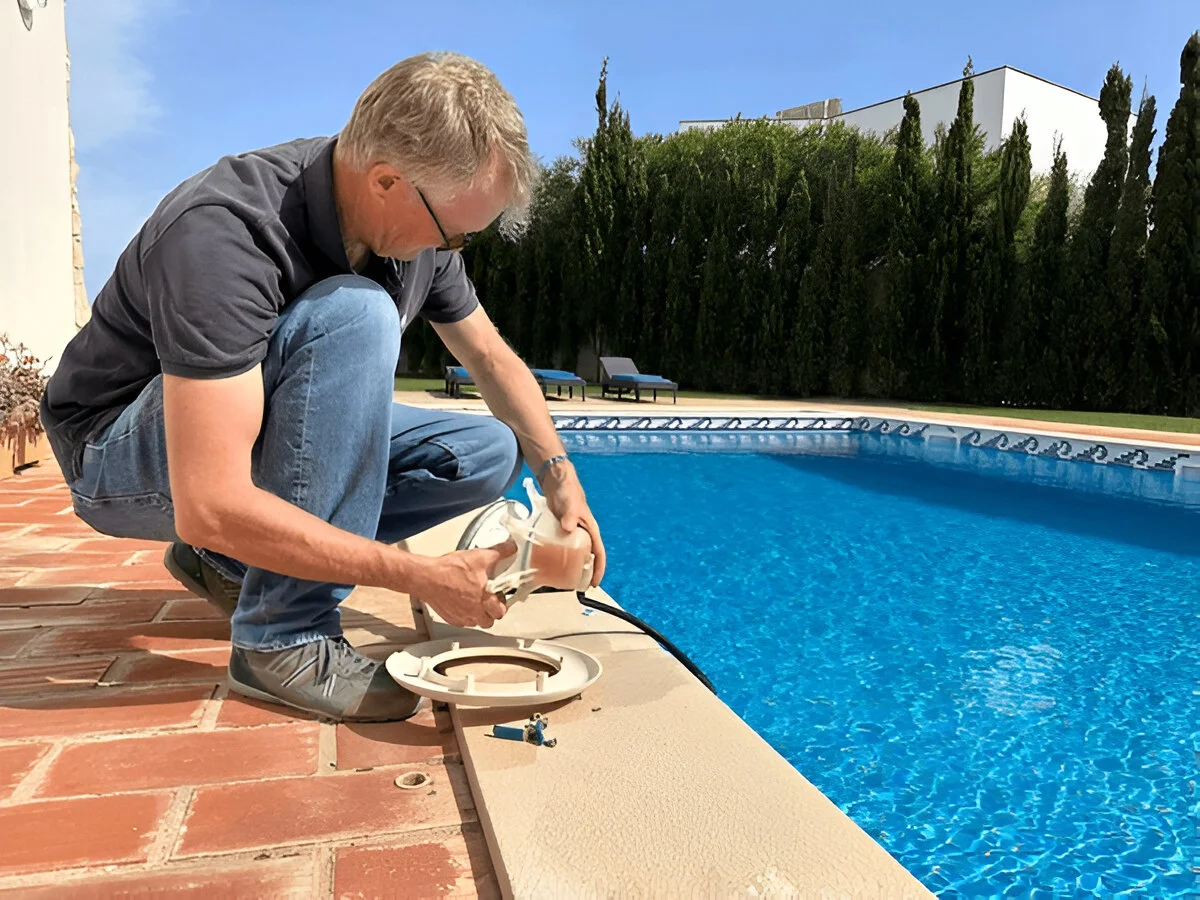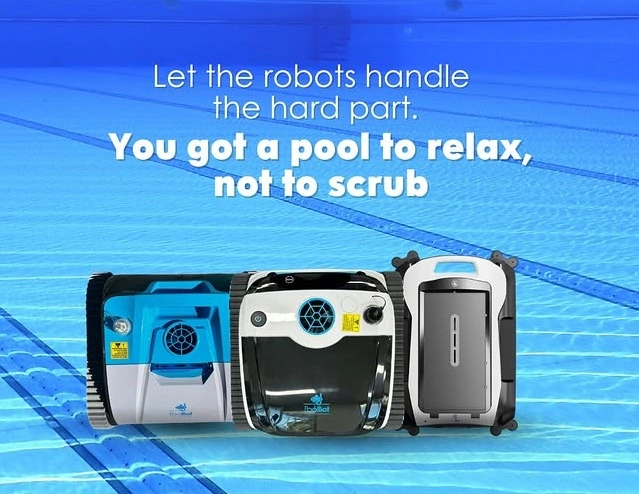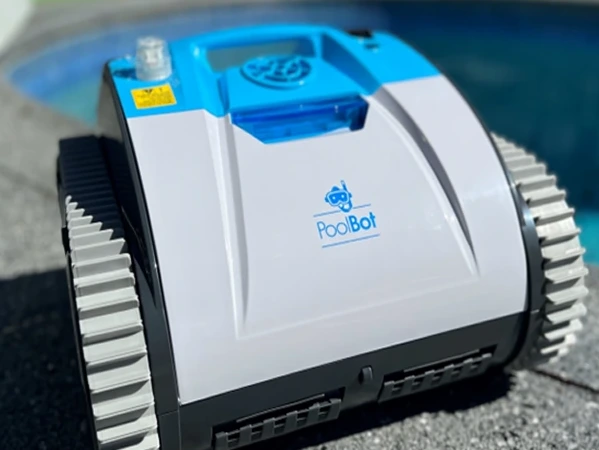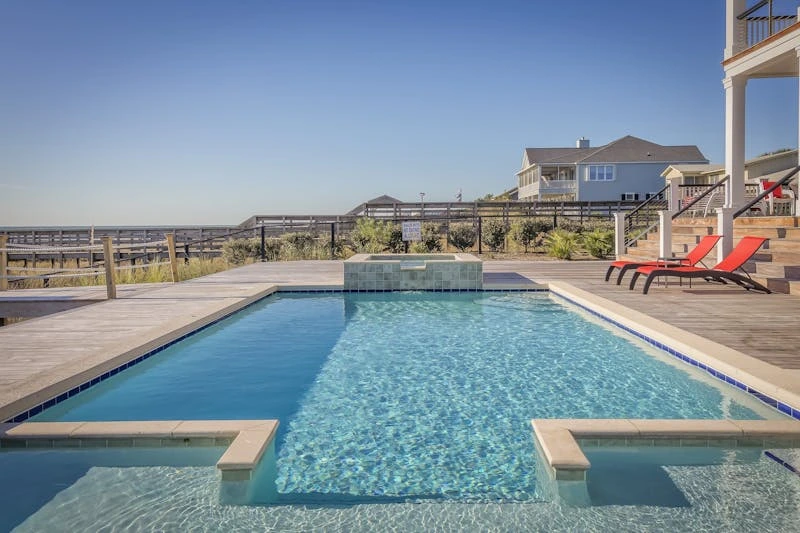How to Change a Swimming Pool Light? – A Step-by-Step Guide

Swimming pools are not just places for relaxation and fun—they also enhance the aesthetic appeal of your outdoor space, especially when well-lit at night. However, over time, the swimming pool light can burn out or get damaged, requiring replacement. If you’re facing this issue and wondering how to change the light bulb in swimming pool, you’re in the right place.
In this blog, we’ll walk you through the entire process, safety tips, and what tools you need to easily and safely replace your pool light.
Why Does a Swimming Pool Light Need Changing?
There are several reasons why you may need to replace your pool light:
1. The bulb has burned out after years of use.
2. Water leakage into the light fixture.
3. Outdated halogen bulbs that need an energy-efficient LED upgrade.
4. Flickering or dimming lights.
Regardless of the reason, replacing the light bulb in swimming pool is a manageable task if done correctly and safely.
Safety First – Turn Off the Power
Before starting any electrical work, safety is critical. Never attempt to work on any pool electrical component while the power is on.
Steps to Stay Safe:
1. Turn off the pool power at the circuit breaker. This includes the light and any other connected equipment.
2. Double-check by trying to turn the light on via the switch—if it doesn’t light up, you’re safe to proceed.
3. If you’re not 100% sure, consider calling an electrician to disconnect the power.
Tools and Equipment You’ll Need
Here’s what you need before you begin changing your swimming pool light:
1. A flathead screwdriver
2. A Phillips screwdriver
3. Replacement light bulb for swimming pool
4. Lens gasket (optional but recommended)
5. Dry towel or rag
6. Voltage tester (for extra safety)
7. Pool-safe silicone lubricant (optional)
8. A small container to hold screws
Step-by-Step Guide to Changing a Swimming Pool Light
Step 1: Locate and Remove the Light Fixture
Most swimming pool light fixtures are mounted in a niche on the pool wall and held by a single screw at the top.
1. Get into the pool if necessary.
2. Use a flathead screwdriver to unscrew the pilot screw holding the fixture in place.
3. Carefully pull the entire fixture out of the niche and bring it to the pool deck. Most fixtures have enough cord to rest it on the poolside without disconnecting anything.
Step 2: Open the Fixture
Once on the deck:
1. Dry the fixture thoroughly with a towel.
2. Remove the screws around the fixture to open it.
3. Carefully separate the lens from the housing.
Be cautious—there may be residual water inside. Check for any corrosion or damage. If the lens gasket is worn out or brittle, it’s best to replace it to ensure a watertight seal.
Step 3: Replace the Light Bulb in Swimming Pool
Now it’s time to change the light bulb in swimming pool:
1. Unscrew the old bulb from its socket.
2. Replace it with the correct wattage and type of bulb. Always check your pool light manual or existing bulb specs to match correctly.
3. Avoid touching the new bulb’s glass surface with your bare fingers; use a tissue or cloth to handle it, especially for halogen bulbs.
Step 4: Reassemble the Fixture
1. Check the O-ring or gasket and apply a small amount of silicone lubricant to ensure a good seal.
2. Put the lens and housing back together.
3. Tighten the screws securely—but don’t overtighten to avoid cracking the lens.
Step 5: Test Before Replacing
Before putting the fixture back into the pool:
1. Briefly restore power and test the light (keep the fixture out of water during this step).
2. If the swimming pool light turns on properly, turn the power back off.
Step 6: Replace the Fixture Into the Pool Wall
1. Carefully coil the excess wire back into the niche.
2. Place the fixture back into its original position.
3. Secure it using the pilot screw.
Step 7: Final Power Test
1. Turn the power back on at the circuit breaker.
2. Flip the switch and enjoy your newly lit pool!
Pro Tips for Pool Light Replacement
1. Always use a light rated for underwater use. Regular bulbs are not safe or suitable.
2. Consider upgrading to LED bulbs. They’re energy-efficient, longer-lasting, and provide brighter illumination.
3. If your fixture appears worn, rusted, or damaged, it may be better to replace the whole swimming pool light unit rather than just the bulb.
Changing a swimming pool light might seem intimidating at first, but with the right tools, careful steps, and focus on safety, it’s a task many homeowners can do themselves. Whether you’re replacing a dim bulb or upgrading to modern LED lighting, your pool will thank you with a vibrant glow that enhances every evening swim.
Always remember—never compromise on safety, and when in doubt, seek professional help. A well-lit pool isn’t just about aesthetics—it’s about creating a safe and enjoyable space for everyone.
Say goodbye to manual cleaning! Explore top-rated robotic pool cleaner options at PoolBot and enjoy a sparkling clean pool with zero effort. Shop now for fast delivery across Australia.





